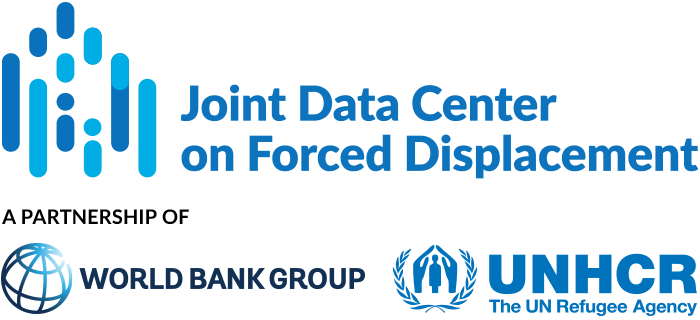This paper discusses the dynamics and consequences of internal displacement in Colombia, and the legal and policy responses to protect and assist IDPs. In 2020, Colombia had the largest population of IDPs in the world, estimated at 8.2 million people, equivalent to 16 percent of the Colombian population and 17 percent of IDPs worldwide.
JDC Literature Review
Food insecurity in Venezuelan migrants in Trinidad and Tobago using the food insecurity experience scale
This article examines the prevalence of food insecurity among Venezuelan migrants in Trinidad and Tobago and identifies the socio-demographic characteristics associated with food insecurity. As of 2018, there were almost 6,500 Venezuelans in need of international protection registered by UNHCR in Trinidad and Tobago. Unofficial estimates suggest that Trinidad and Tobago hosts over 40,000 Venezuelan migrants.
Socio-demographic, migratory and health-related determinants of food insecurity among Venezuelan migrants in Peru
This article evaluates the factors associated with food insecurity among Venezuelan migrants in Peru. The analysis is based on data from the 2022 Venezuelan Population Residing in Peru Survey (ENPOVE-2022). The survey covered households in eight cities most populated by Venezuelan migrants in Peru (Lima and Callao, Arequipa, Chiclayo, Chimbote, Ica, Piura, Tumbes, and Trujillo). The survey included questions on housing, household and individual characteristics, migration status, health, education, employment, discrimination, gender, and victimization.
Least Protected, Most Affected: Impacts of Migration Regularization Programs on Pandemic Resilience
This article examines the effect of regularization of Venezuelan migrants in Colombia on their resilience during the COVID pandemic. Colombia hosts 2.5 million migrants who fled the economic, political, and humanitarian crisis in Venezuela.
Somali Refugees in Kenya: Increasing camp-urban mobility
This working paper examines the wellbeing and ‘displacement economies’ of Somali refugees living in protracted displacement in Kenya, comparing those living in camps to those living in urban areas. Kenya is home to approximately 280,000 Somali refugees, of whom 230,000 live in the Dadaab refugee camp complex in Garissa County, and around 24,000 living in the Eastleigh neighborhood of Nairobi. The research was conducted during the period when the 2006 Refugee Act, which enforced Kenya’s encampment policy, was still in effect. Kenya has since adopted a new Refugee Act in 2021 (which came into force in 2022) that provides for the establishment of ‘designated areas’ for refugees but does not explicitly contain an encampment requirement.
Arrested Development: Conflict, Displacement, and Welfare in Iraq
In 2014, Iraq suffered two simultaneous crises: an economic crisis driven by a sharp decline in oil prices, and a security crisis caused by the war against the Islamic State. This paper provides the first estimates of monetary poverty and non-income dimensions of...
Estimating Poverty among Refugee Populations: A CrossSurvey Imputation Exercise for Chad
Household consumption surveys do not typically cover refugee populations, and consequently poverty estimates for refugees are rare. This paper examines the performance of cross-survey imputation methods to estimate poverty for a sample of refugees in Chad, by...


